When you think “Día de los Muertos” you often think Mexico, but it is an event also celebrated in Peru with some differences.
Category: "Traditions"
Doña Grima’s anticuchos find a new home
After 38 years selling Peru’s most popular street food on the streets of Miraflores, Grimanesa Vargas has finally given in to bricks and mortar.
Carnival fun in Ollantaytambo
If you’re going to Ollantaytambo during the Carnival in late January and early February beware of youngsters.
Cusco Ethno-tourism: the community of Cuyuni
Just an hour outside Cusco is Cuyuni. A rural community, it has implemented a novel ‘living’ tourist circuit: a walk of four hours through traditional Andean scenery interrupted by actors playing themselves, offering visitors a resumed and interactive look at their customs and their daily lives. The trip ends with a novoandino buffet with a view of the mighty Ausangate.
Lose Yourself in Paucartambo
For The Karikuy blog, Francis Sin describes his unforgettable experience at the annual Virgen del Carmen festival in Paucartambo.
Universitario vs Alianza Lima: Fights, Fire, 0-0
For The Karikuy blog, Eleanor writes about her first ever soccer match after being treated to the full-on South American soccer experience.
Independence Day customs in Chiclayo
Tom Filipowicz in Chiclayo explains what happens in the run up the Peru’s independence day celebrations on the 28th of July.
Inti Raymi: Cultural Preservation or Capitalistic Exploitation? [Featured]
With tickets sold to tourists priced at $80 each, indigenous Cusqueños are effectively barred from the modern-day recreations of their ancestors’ most important religious event, Inti Raymi. Is there anything left in this “ritual” that reflects the Inca empire’s glorious past, or is it all a show put on to make money from tourists? Camden Luxford explains.
Chinchero: Land of Great Weavers
Chinchero produces extraordinary textiles, woven with ancestral tools with Incan designs and natural colors.
New Year Traditions: Die!…Muñeco…Die!
Tom Filipowicz in Chiclayo recounts the tradition of burning mannequins as part of New Year celebrations in Peru, as well as other customs.
800 year old tomb of shaman discovered
Curandero – witch-doctor or medicine-man in English, but the most direct translation is healer. The tradition of the curanderos still runs strong in the Muchik northern coast of La Libertad and Lambayeque, particularly around Chiclayo. The traditions and techniques of theses healers date back to pre-Colombian times and the the civilisations of the Chimú, Sicán and the Moche before them. Archaeologists have recently been given a glimpse into this period of time with the discovery of the 800 year old tomb of a Sicán curandero.
Chiclayo: The Preservation of Tradition
In November, Tom Filipowicz visited the event held for the Mochica Identity Week and discusses what he feels is a strong local connection and respect for traditions and customs. Participating were school groups, each choosing and important local custom to present to visitors.



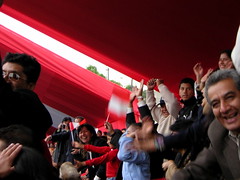
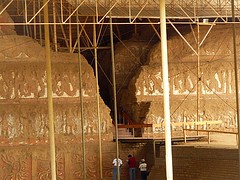
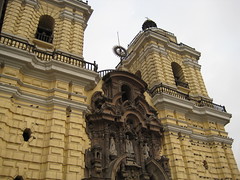
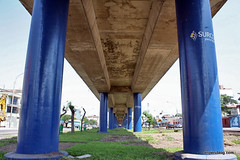

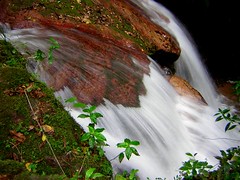
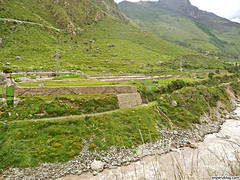
![Fujimori’s mega-trial draws to a close [Featured]](http://newsimg.bbc.co.uk/media/images/44791000/jpg/_44791276_fujimori_afp226b.jpg)